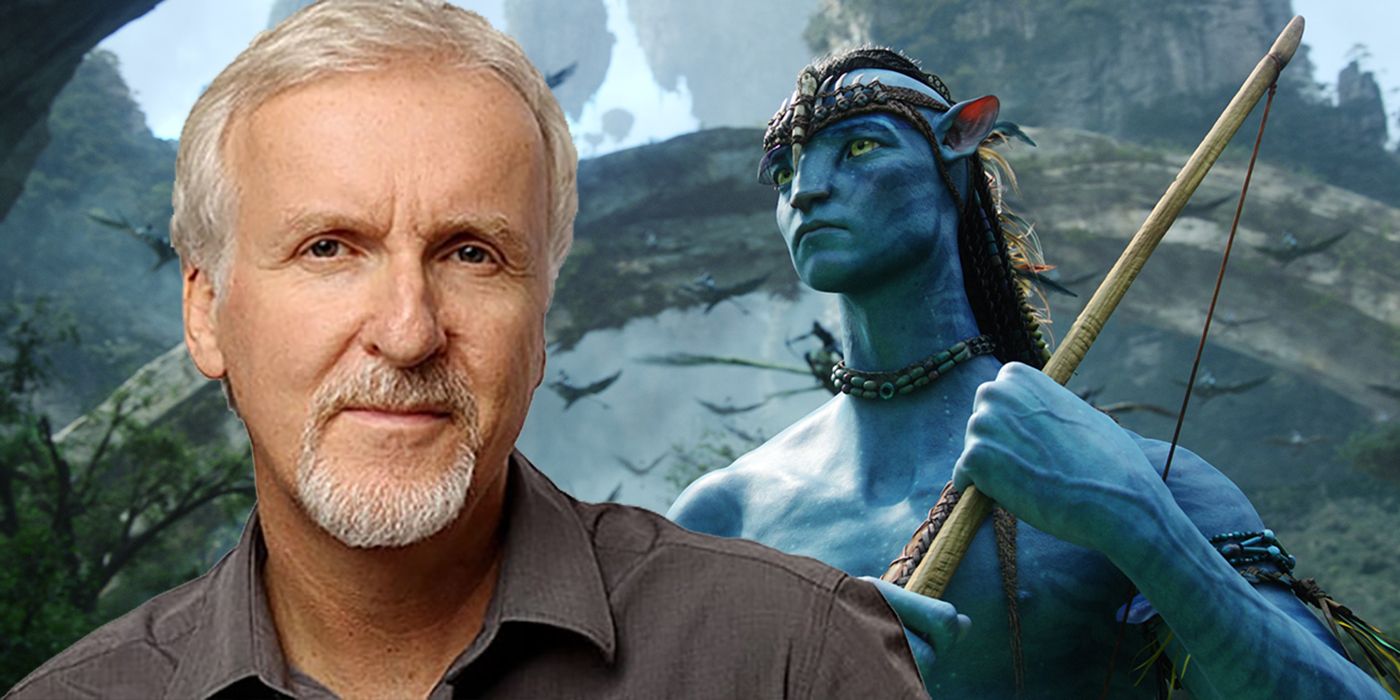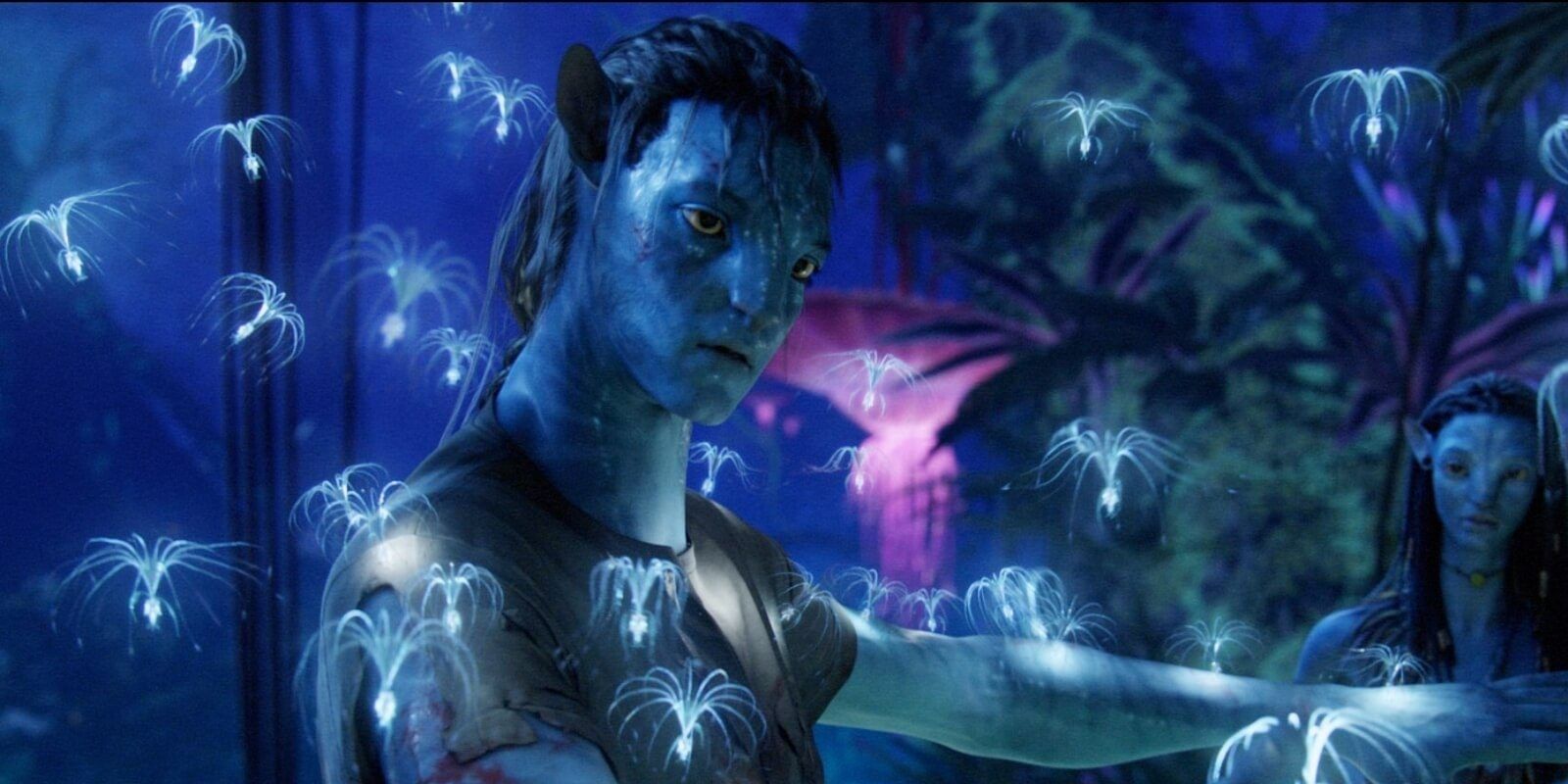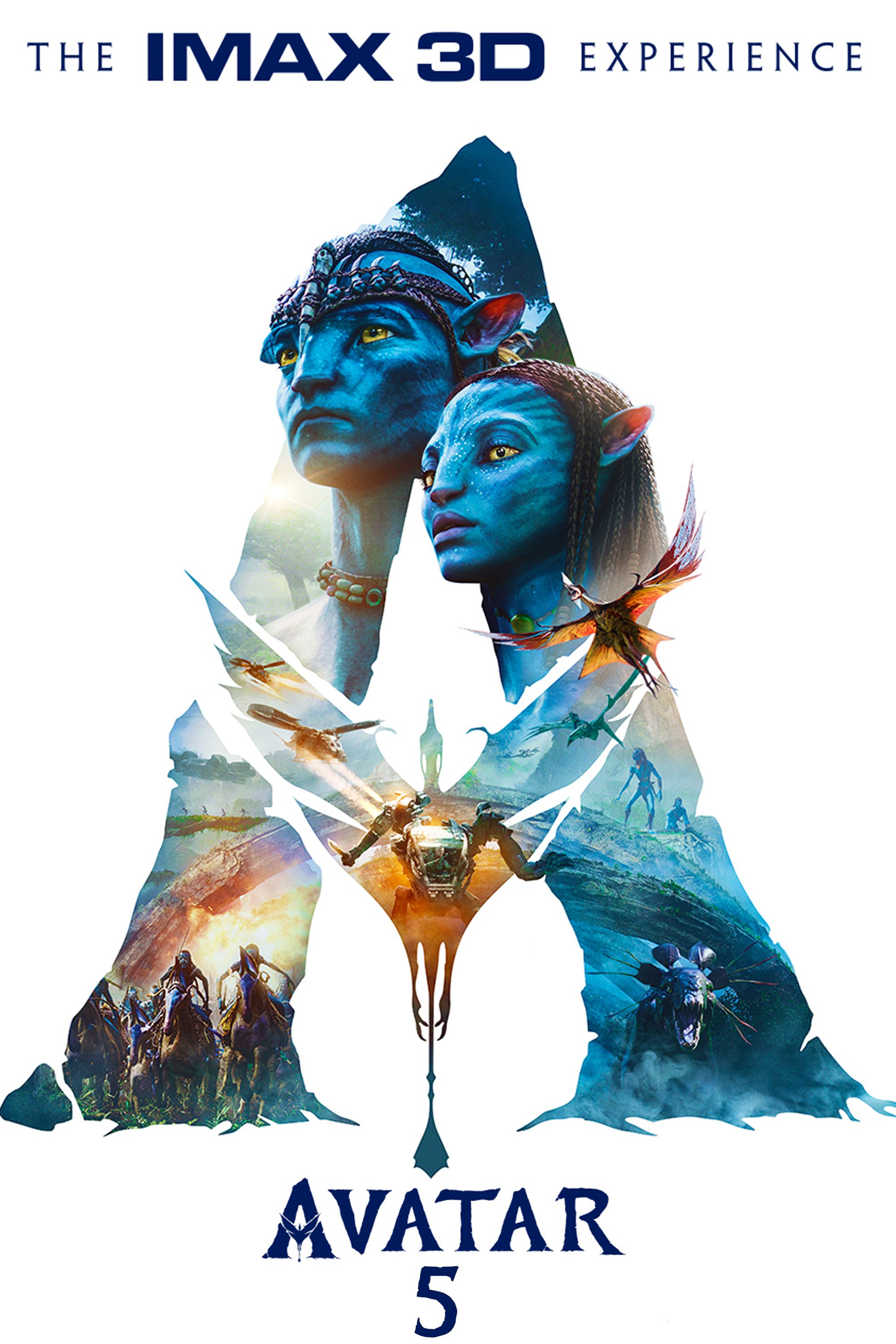The huge financial success of Avengers: Endgame has proven to James Cameron that Avatar 2 can be a success. Cameron first became the director of the all time highest-grossing film in 1997 when romantic disaster movie Titanic surpassed Steven Spielberg’s seminal Jurassic Park, and then again in 2009 when he beat his own record with Avatar, his run on the top spot taking well over 21 years to beat with the release of Endgame.
Avatar is set on Pandora, a distant moon being mined for a valuable mineral, where humans can enter its poisonous atmosphere using mental links to bodies genetically engineered to mimic the moon’s native sapient species the Na’vi. Paraplegic marine Jake is assigned to operate one of these avatars to gather information on the Na’vi clan and subsequently goes native when he comes to appreciate the symbiosis with which all life on Pandora exists, turning against his former employers. Cameron has been working on a series of sequels since 2010, the first of which was initially intended to be released in 2014, but the production experienced significant delays, partially down to the performance capture techniques and technology not then existing, in particular ones for filming underwater.
The news of Cameron’s encouragement from Endgame’s success came from Deadline. While being interviewed about the production of the sequels to his sci-fi action movie, he was asked about his reaction to being dethroned as box office champion after more than two decades, to which he expressed relief rather than discontent. With people’s moviegoing habits having changed so much in the decade since Avatar’s release – specifically the continuing rise of streaming services giving many people enough of a cinematic experience at home – he was concerned that the sequels might be doomed to failure since people may not be interested enough in taking the time to travel to the cinema to see them. However, the success of Endgame proved that there is still a viable market for big-budget epics, since there was no way it would have made as much money as it did without people making the effort to go and see it.
Avatar 2 is set years after the first movie ended, seeing Jake and his Na’vi family travelling across Pandora and meeting different clans, specifically the Metkayina, who are is loosely based on the master navigator culture of the Micronesian islanders, compared to that of Native Americans that inspired the Na’vi of the first movie. Their life of exploration is interrupted when human military forces return and Jake must once again fight to defend his new home.
Whether Cameron is right to find relief in Endgame’s success is debatable. Part of the success of the Infinity Saga’s capstone was due to it being the culmination point of an ever-expanding chronicle built over the 21 films that preceded it, which more often than not received a positive reception from audiences. Meanwhile, much of Avatar’s success was down to the fortunate timing of its release when interest in both the re-emergence of 3D movies and fully CGI features was just about peaking. Also, the technology of performance capture was drastically improving, especially when compared to the zombie-eyed automata that populated The Polar Express in 2004, while also building on the technology that made 2007’s Beowulf such a success. Avatar is admittedly a visually stunning movie and a technical marvel, but narratively is more than a little mediocre, and if Avatar 2 is to become as much of a success, it can’t rely on visuals alone to sell it, and needs to offer a story far more compelling.
Source: Deadline





